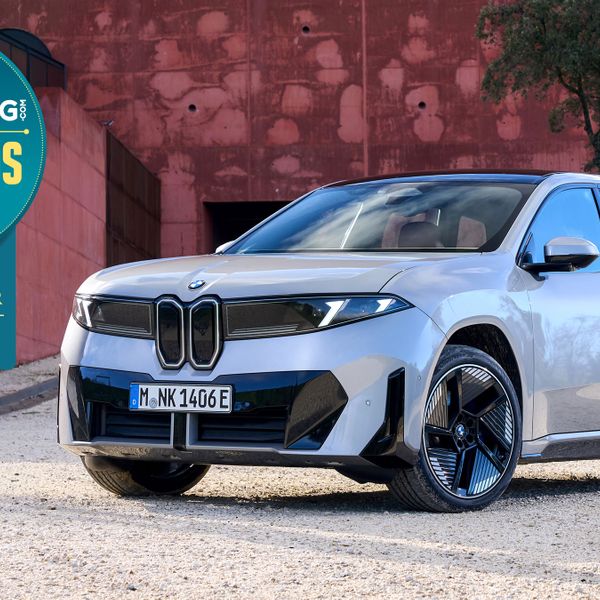Andrew Till is a veteran of cross-continental trips in an electric car. Here's what he's learned.
It’s a common assumption that electric cars are only good for short distances. They’re just city cars, and only good for popping to the shops. You'd have to be mad to try and take one across Europe, wouldn't you? This, thankfully, has not been my family’s experience at all.
My wife is Italian. Our first electric car, a second-hand Nissan Leaf 24kWh, was a fantastic family car but had a wildly-optimistic motorway range of about 60 miles. It was, just as the naysayers said, not suitable for long journeys unless you have a really relaxed approach to family holidays. With a wife and daughter of similarly fiery Italian temperaments, that was never going to cut it for us.
Getting a long-range electric car was always going to be our plan and, although I watched Elon Musk’s Model 3 launch with excitement and promptly put down a deposit, there seemed no chance of getting it for July 2019 when we’d decided to see the family in Rome: a 2,220 mile round trip from our home in Canterbury.
There was a lot of buzz in late 2018 about the Kia e-Niro: a reasonably-priced car, with almost 300-miles of range. With the Model 3 seeming too far off, I got myself on the e-Niro waiting list instead and was fortunate to be one of the first to take delivery.
Approaching the idea of a European road trip in something other than a Tesla (with its extensive Supercharger network) was a bit scary, but all the best adventures are. I’d also started a YouTube channel a few months prior so I thought it might make for some juicy content if my wife started shouting at me in front of a broken charger.
For our maiden voyage, the trip went quite smoothly overall. The e-Niro proved fantastic, and the infrastructure adequate. Fast forward to April 2022 and we decided to do the same trip — this time in our new Hyundai IONIQ 5. The difference in charging speed and the improvements to infrastructure made the journey even easier. So much so, we’ll be doing it again in just a few months.
 Flaviana and Andrew are smiling despite the huge journey in front of them
Flaviana and Andrew are smiling despite the huge journey in front of them 
















